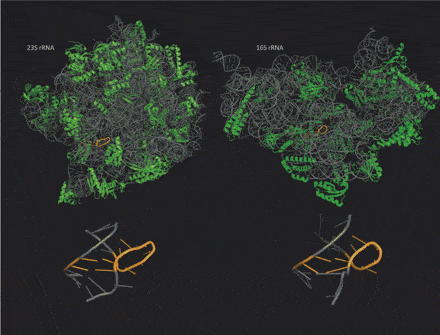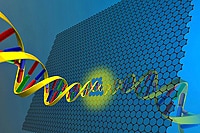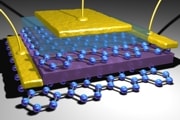New computational methods to explore the rapidly expanding collection of high resolution three-dimensional RNA structures reveal new RNA structural motifs, identifying additional building blocks for complex RNA nanostructures.
Novel RNA structural motifs expand tool kit for RNA nanotechnology





